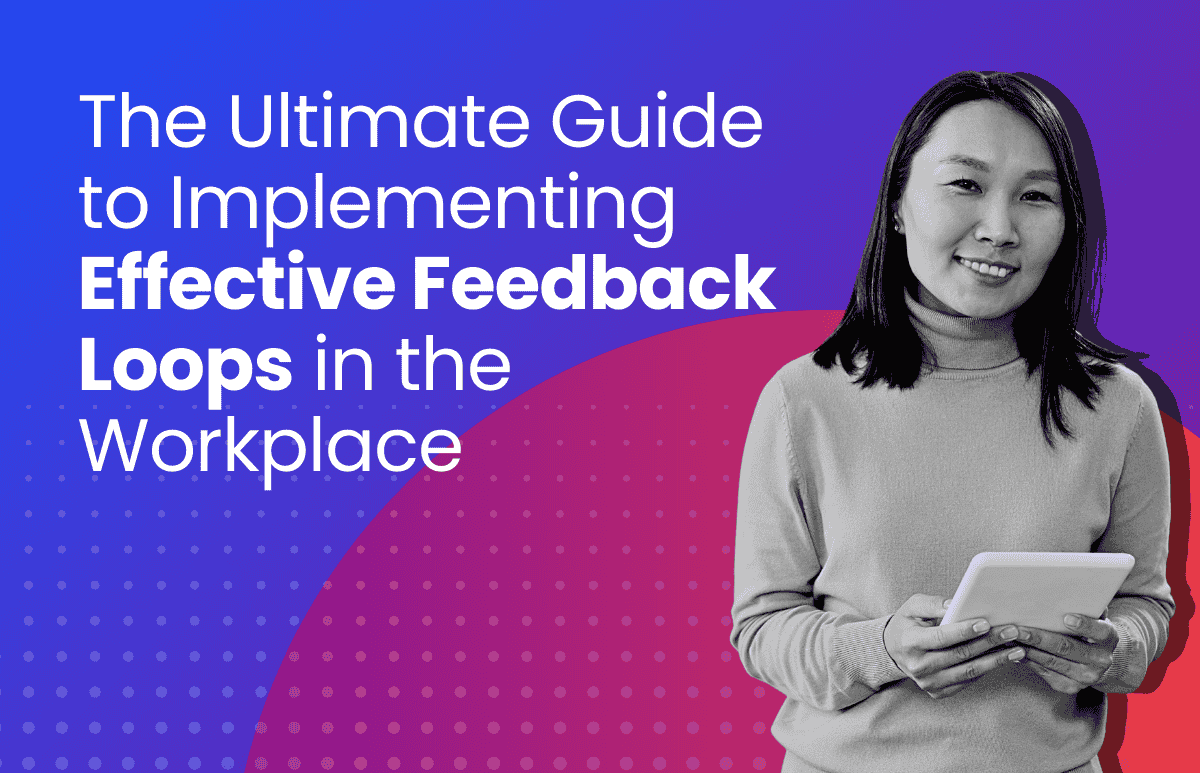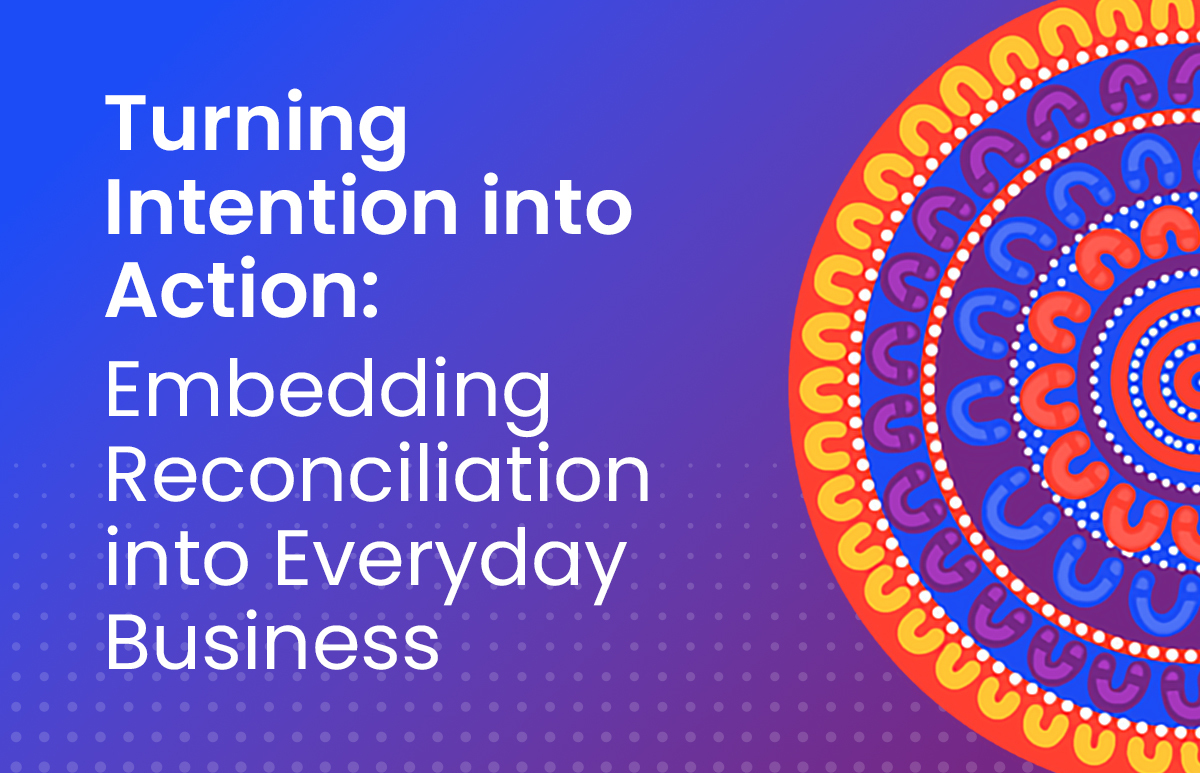How to Develop an Effective Buddy System

Every professional has been there before: starting a new job feeling nervous, full of questions and overloaded with company information that sparks yet more questions. Although necessary, new hires often feel uncomfortable having to constantly interrupt a manager with questions and might not feel able to ask them all in one go – even if the answers are needed to become productive.
And indeed, while a well-intentioned line manager might set up team introductions and provide a new hire with the direction needed to start performing their role, they’re unlikely to have every single answer to those ‘nice to know’ questions; nor, unfortunately, are they likely to have the time.
But it’s critical that new hires get all the information they need to feel welcomed and comfortable in their new organisation. With research revealing 10-25% of new hires leave within 6 months of joining a company,[1] it’s clear this initial stage of the employee journey is a critical, formative part of the overall employee experience (EX). More concerning still is the evidence suggesting that the number one reason for 36% of new hires quitting is a lack of proper onboarding.[2]
Enter the buddy system. A buddy system is an onboarding and knowledge-sharing method used to guide new hires, in which the new hire is assigned a seasoned employee to guide them through the first few months of the job.
A buddy can be a vital tool in a company’s onboarding process, fulfilling three vital aspects:
- Delivering ad-hoc organisational knowledge to new hires
- Welcoming and integrating new hires into the culture
- Serving as a point of contact outside of the direct report
But all too often, a company’s buddy system takes a ‘set and forget’ approach, whereby a buddy is appointed with no formal processes or guidelines to follow. Busy schedules can mean the appointed buddy de-prioritises their duties, and the new starter might not feel they can easily access their new guide.
Here we outline how to build a successful buddy system in your organisation, to make sure those all-important initial six months run as smoothly as possible for your new hire.
How to build a successful buddy system
1. Establish buddy guidelines
An essential component of any successful buddy program is the need to put systems in place that guide the buddy on the ‘what, when and how’ of their duties.
This should contain information about what is expected on day one and throughout the buddy term – and indeed the length of the buddy term should be determined. Is it just an initial two-month period, or does it last as long as six months? Should your new buddy take the new hire out for lunch on day one, or just a coffee? How often should the buddy meet with the new hire thereafter – once a week or once a fortnight? What information exactly is the buddy expected to give to the new employee? All of this should be clearly set out in the buddy guidelines.
For more information on buddy systems, you can read this guide by HROnboard, an ELMO company.
2. Choose the right type of buddy
The ideal buddy is someone who has a well-rounded knowledge of the company’s missions and values and has a willingness to guide others. Ideally it will be a well-respected member of the organisation who’s of a similar level of seniority to the new hire.
Remember, the buddy is not designed to replace the role of the direct line manager or a mentor. They are not supposed to be responsible for a new hire’s development or performance; rather, they are there to answer relatively straightforward questions about operational issues.
3. Ensure regular check-ins
Managers should clearly set out the expected frequency of buddy meetings. In the first few weeks of employment, buddy meetings should be set to take place at least once a week, with daily check-ins available via Slack or email, should the new hire need to ask any ad-hoc questions.
Aiming to meet once a week for 30 minutes, as a general rule, is good practice to begin with. Using ELMO Connect is a great way to boost employee engagement and encourage connection.
4. Choose a buddy who reports into the same manager
Research[3] has shown that buddies who report into the same manager as the person they’re buddied with receive better ratings than those who don’t. This is thought to be because the buddy will have a better operational understanding of the person’s role; while a lack of understanding from the buddy about the new hire’s role could create frustration and prevent the buddy from providing the right guidance.
5. Be mindful of a buddy’s workload
When selecting a buddy, it’s important to take into account existing workloads. We’ve established it’s important to take the buddy role seriously, with regular meetings, information sharing and orientation sessions happening at frequent intervals in the initial period. All of this is important, and naturally, can be time-consuming. So it’s no good selecting as a buddy the employee who’s up against it on a major project with an imminent deadline. Enquire about workloads when selecting the buddy and opt for someone with a less hectic schedule at the time of selection.
ELMO Software is a cloud-based solution that helps thousands of organisations across Australia, New Zealand and the United Kingdom to effectively manage their people, process and pay. ELMO solutions span the entire employee lifecycle from ‘hire to retire’. They can be used together or stand-alone, and are configurable according to an organisation’s unique processes and workflows. Automate and streamline your operations to reduce costs, increase efficiency and bolster productivity. For further information, contact us.
[1] Korn Ferry survey, “90 percent of executive say new hire retention an issue”, 2017
[2] Robert Half, “Survey finds majority of job seekers would quit a new job during the first month”, 2018
[3] Harvard Business Review, “Every New Employee Needs an Onboarding Buddy”, 2019
 HR Core
HR Core 









